Preventing Falls: Care Instructions
Injuries and health problems such as trouble walking or poor eyesight can increase your risk of falling. So can some medicines. But there are things you can do to help prevent falls. You can exercise and stay active, play with your grandkids, and walk with your friends to get stronger. You can choose foods that provide essential nutrients and energy. You can also arrange your home to make it safer.
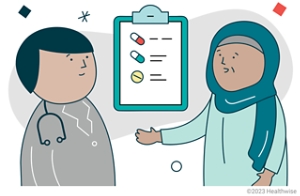
Talk to your doctor or pharmacist about the medicines you take. Ask if any of them increase the risk of falls and whether they can be changed or stopped.
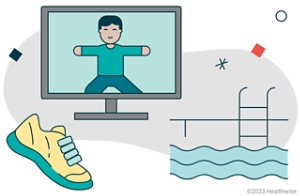
Try to exercise regularly. It can help improve your strength and balance. This can help lower your risk of falling.
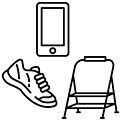
Practice fall safety and prevention.
- Wear low-heeled shoes that fit well and give your feet good support. Talk to your doctor if you have foot problems that make this hard.
- Carry a cellphone or wear a medical alert device that you can use to call for help.
- Use stepladders instead of chairs to reach high objects. Don't climb if you're at risk for falls. Ask for help, if needed.
- Wear the correct eyeglasses, if you need them.
- Use a cane or mobility device if you need one.
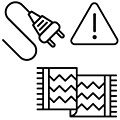
Make your home safer.
- Remove rugs, cords, clutter, and furniture from walkways and stairs.
- Keep floors dry.
- Keep your house well lit. Use night-lights in hallways and bathrooms.
- Install and use sturdy handrails on stairways.
- Wear non-skid footwear, even inside. Don't walk barefoot or in socks without shoes.
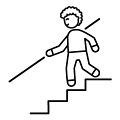
Be safe outside.
- Use handrails, curb cuts, and ramps whenever possible.
- Keep your hands free by using a shoulder bag or backpack.
- Try to walk in well-lit areas. Watch out for uneven ground, changes in pavement, and debris.
- Be careful in the winter. Walk on the grass or gravel when sidewalks are slippery. Use de-icer on steps and walkways. Add non-slip devices to shoes.
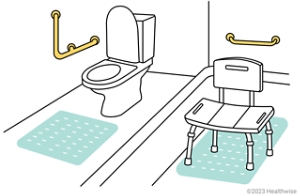
Put grab bars and non-skid mats in your shower or tub and near the toilet. Try to use a shower chair or bath bench when bathing.

Get into a tub or shower by putting in your weaker leg first. Get out with your strong side first. Have a phone or medical alert device in the bathroom with you.
Where can you learn more?
Go to https://www.healthwise.net/patientEd
Enter G117 in the search box to learn more about "Preventing Falls: Care Instructions".
Adaptation Date: 3/15/2024
Adapted By: Alberta Health Services
Adaptation Reviewed By: Alberta Health Services
